Bhante, Dhr. Seven, Ananda (Dharma Buddhist Meditation) (eds.), Wisdom Quarterly Wiki edit
 |
| Merit-making at the end of Buddhist Lent in Laos (jclao.com) |
"Buddhist Lent"
 |
| Vassa is the Rains Retreat = "Buddhist Lent" |
Taking place during the wet season in many parts of Asia, the Rains Retreat lasts for three lunar months, usually from July (Burmese month of Waso or ဝါဆို) to October (Burmese month of Thadingyut or သီတင်းကျွတ်) [1].
 |
| Let's go wander around. - Mmm, let's not. |
For the duration of Buddhist Lent, Theravada monastics remain in one place, typically a monastery, nunnery, or temple grounds [4, 5].
In some monasteries, monks dedicate the Rains to intensive meditation [4], while others do intensive teaching to lay Buddhists who visit every week.
What bad habits to give up?
Some Buddhist lay people choose to observe this "Lent" by adopting more ascetic practices, such as giving up meat, alcohol, and smoking [1].
In Thailand, the sale of alcohol is prohibited on the first and last days of Vas, known as Khao Phansa and Wan Ok Phansa [6].
While it is sometimes casually called "Buddhist Lent," others object to this Christianized terminology [4]. For they are just similar not equivalent. Commonly, the number of years a monk has spent as a fully ordained monastic is expressed by counting the number of Rains or vassas since ordination.
Mahayana Buddhists also observe Vas. Vietnamese Thiền (Zen) and Korean Seon monastics observe an equivalent retreat of three months of intensive practice in one location, a practice also observed in Tibetan Vajrayana Buddhism.
Mahayana Buddhists also observe Vas. Vietnamese Thiền (Zen) and Korean Seon monastics observe an equivalent retreat of three months of intensive practice in one location, a practice also observed in Tibetan Vajrayana Buddhism.
When is "Buddhist Lent"?
Buddhist Lent (invitation to start the Rains Retreat)
Vas begins on the first day of the waning moon of the eighth lunar month, which is the day after "Dharma Day" (Asalha Puja or Asalha Uposatha). It ends on Pavarana, when all monastics come before the monastic community (Sangha) and atone for any offense that might have been committed during Vas -- a kind of "confession" or Shrovetide (Christian "Season of Confessing").
Vas is followed by the "Robe Offering Day" (Kathina), a festival in which lay Buddhists express gratitude to monastics [7, 8] and make a great deal of merit by offering alms and other requisite supports. Lay Buddhists bring donations to temples, especially new robes for nuns and monks [7, 8, 9] and one particularly sturdy robe, which the local Sangha awards to one monastic who has best observed the Rains.
The Vas tradition predates the time of the historical Buddha, Siddhartha Gautama [1]. It was a long-standing custom for wandering ascetics (shamans or shramanas) in India to not travel during the rainy season, as doing so might unintentionally harm insects, crops, and even themselves during their wanderings [4].
Vas is followed by the "Robe Offering Day" (Kathina), a festival in which lay Buddhists express gratitude to monastics [7, 8] and make a great deal of merit by offering alms and other requisite supports. Lay Buddhists bring donations to temples, especially new robes for nuns and monks [7, 8, 9] and one particularly sturdy robe, which the local Sangha awards to one monastic who has best observed the Rains.
The Vas tradition predates the time of the historical Buddha, Siddhartha Gautama [1]. It was a long-standing custom for wandering ascetics (shamans or shramanas) in India to not travel during the rainy season, as doing so might unintentionally harm insects, crops, and even themselves during their wanderings [4].
Many Buddhist ascetics live in regions that now lack a rainy season [8]. Consequently, there are places where Vas may not typically be observed [8]. In other places, regardless of the weather, it is a time of year for intensive practice and study. More

















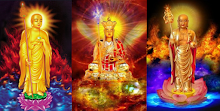

























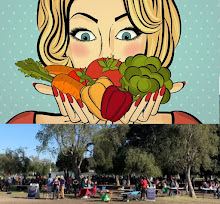


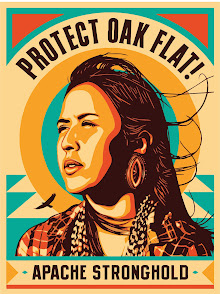






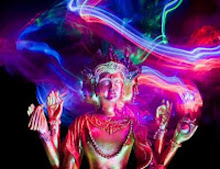









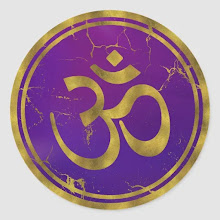













































































































































































No comments:
Post a Comment